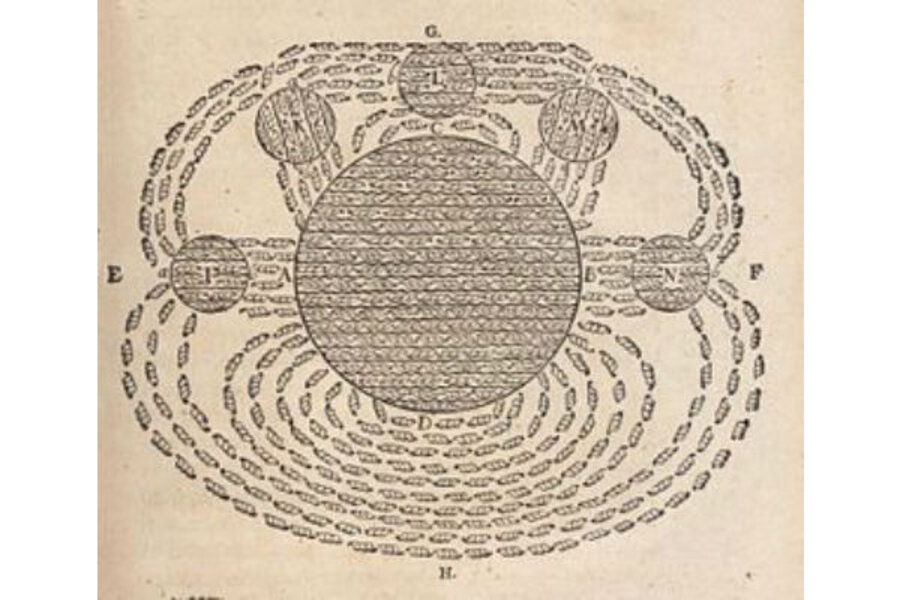Rare-earth magnets: Common sense not included
Loading...
Rare-earth magnets being swallowed by a Florida teen should serve as a warning to parents to periodically review both safety rules and the guidelines of common sense with their kids.
Christin Rivas, 14, had six of the powerful, pea-sized magnets used for car wheel ball bearings, science experiments, and magic tricks with her at school and “inadvertently swallowed them,” according to ABC.
This is not like when Granny tells the anxious parent of a child who just swallowed a penny, “This too shall pass.”
If multiple magnets are swallowed, they may come together in the digestive system and cause damage.
“Magnet-related emergency-room visits among Americans younger than 21 increased five times from 2002 to 2011,” ABC reported.
When I read stories about toy safety and things being swallowed I picture infants swallowing them and not teens and grade schoolers.
As Christmas approaches and parents shop for toys and gifts for older kids, we often ignore the safety warnings on the boxes about small parts that can be dangerous if swallowed because we reckon older kids know better.
In light of this case maybe we should take a closer look, not at the boxes, but at our kids.
We need to take a moment to have a review the common sense rules of life with kids, as they roll their eyes and moan, “Mom, seriously?”
Christin Rivas made it crystal clear that kids get distracted and do unthinking things.
"I do feel it was one of those stupid kid moments," the Melbourne, Fla. teen told ABCNews.com. "I was going to the bathroom and I put them in my mouth because I didn't want to put them on the floor. I wasn't quite thinking. The kid on the other side said something that made me laugh and swallow them."
Time to review.
You are a teenager with magnets in a school bathroom stall, which is most likely made of metal, much like almost every restroom in the nation.
You don’t want to put the round magnets on the floor where they might roll away so you put them: A. On the metal wall/door; B. In your mouth.
Granted, the magnets are powerful and it might be annoying to try to get them off the wall or door, but that’s nothing compared to what it takes to get them out of a kid, once ingested.
This morning I stopped one of my sons, age 18, as he shot out the door to college with a reminder not to swallow magnets.
He was not at all surprised by this because he knows that if I am warning him about it it’s because someone did something that I’m writing about.
“Got it,” he said. “Don’t forget to tell the other guys” (his three brothers).
It may sound like a silly thing to do, but that little reminder is going to travel with my son to his girlfriend who has those magnets and to their friends with younger siblings who babysit.
The word will go out through the kid grapevine and somewhere a child about to do something that could cost them their health might pause in the act to rethink.
If the teens get offended by your efforts to upgrade their safety systems just tell them that common sense is like an app.
Your parents help you get it, there’s always more where it came from, and occasionally it needs to be updated in order to keep up with the rest of the system.








